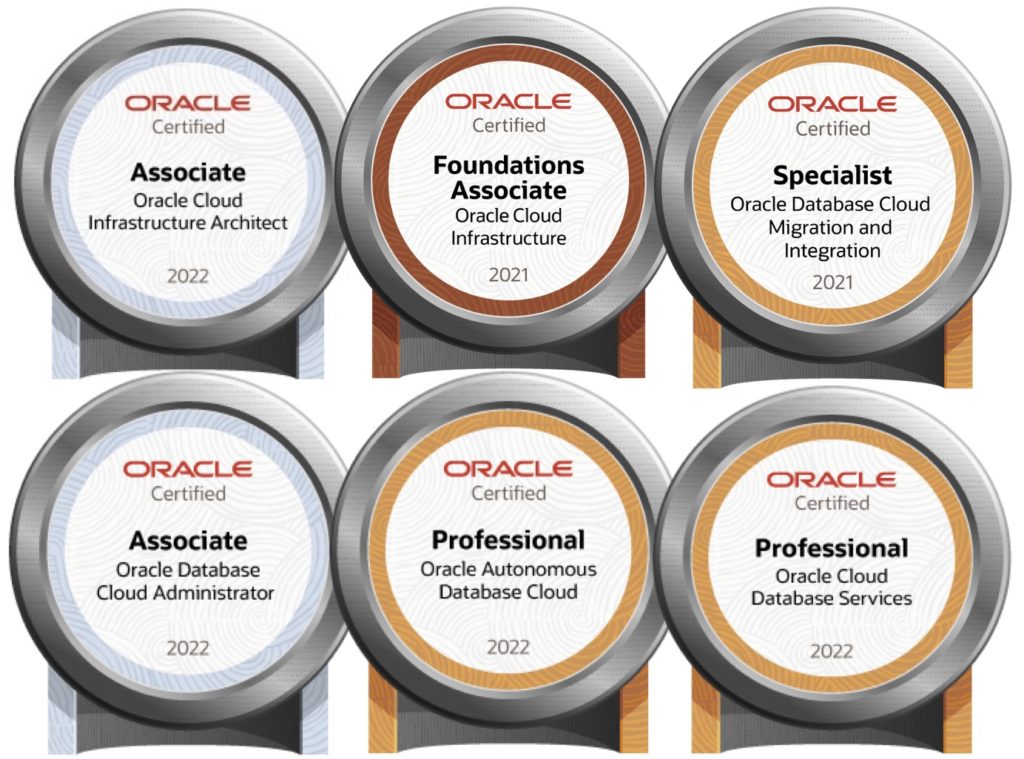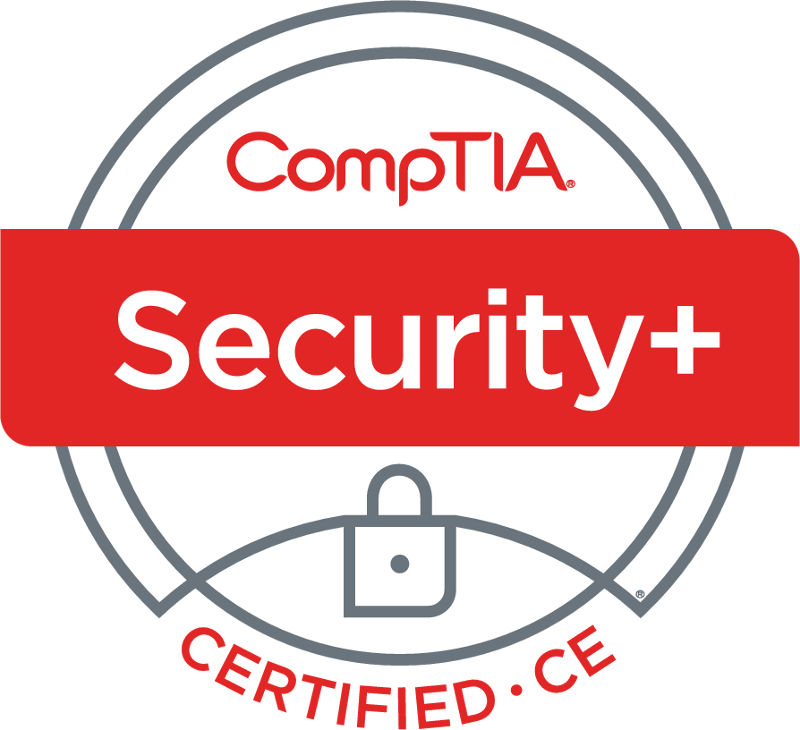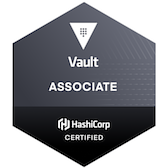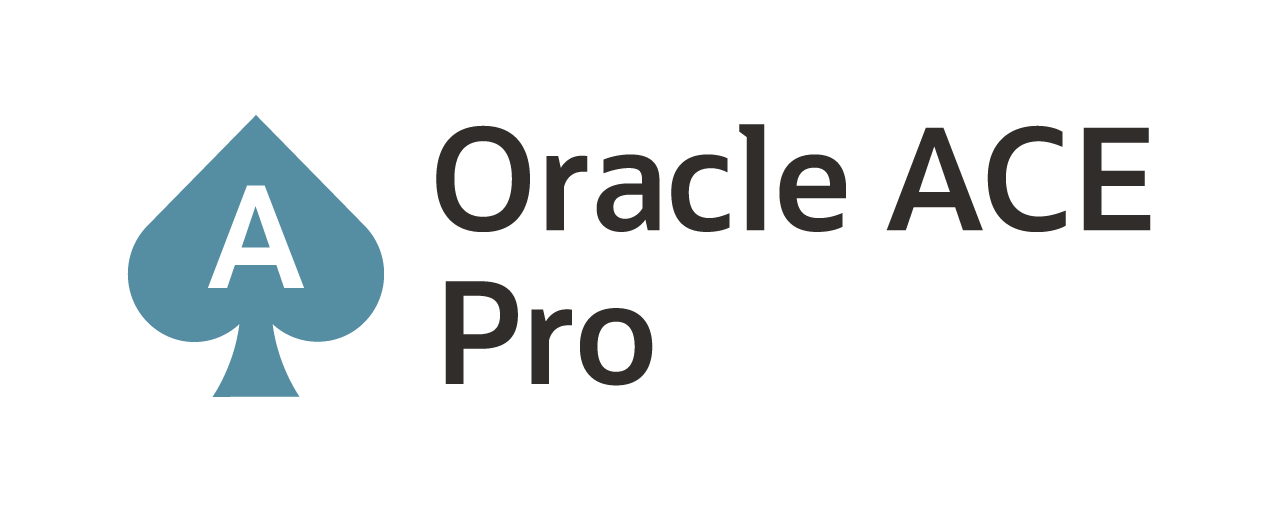#GoldenGate #Cloud Service (#GGCS) … what to expect?
As I sit here working on performing some GoldenGate migrations to AWS for a client, I’ve been thinking about the glimpse of GoldenGate Cloud Service (GGCS) that was provided to me earlier this week. That glimpse has helped me define what and how GGCS is going to work within the Oracle Cloud space. Ever since this service was announced back at Oracle Open World 2015, I’ve been wanting to get my hands on this cloud product from Oracle to just better understand it. Hopefully, what I’m about to share with you will provide some insight into what to expect.
First, you will need a cloud account. If you do not have a cloud account; visit http://cloud.oracle.com and sign up for an account. This will typically be the same account you use to login to My Oracle Support (MOS).
Once you have an account and are in the cloud interface, subscribe to some services. You will need a Database Cloud Service or an Compute Cloud Service. These services will be the end points for the GGCS to point to. As part of setting up the compute node, you will need to setup SSH access with a public/private key. Once you create the GGCS instance, the same public/private key should be use to keep everything simple.
Once GGCS is made available for trial, currently it is only available through the sales team, many of us will have the opportunity to play with this. The following screen captures and comments were taken from the interface I had access to while discussing GGCS with Oracle Product Management.
Like any of the other cloud services from Oracle, once you have access to GGCS it will appear in your dashboard as available cloud services. In the figure below, GGCS is listed at the top of the services that I had access to. You will notice over on the right, there is a link called “service console”.
When you click on the service console link, you are taken to the console that is specific to GGCS. On the left hand side of the console, you will see three primary areas. The “overview” area is the important one; it provides you with all the information needed about your GGCS environment. You will see the host and port number, what version of GGCS you are running and the status of your environment.
With the environment up and running, you will want to create a new GGCS instance. This instance is created under your cloud service console. On this screen you are given information that tells you how many instances you have running with the number of OCPUs, Memory and storage for the configuration along with the public IP address. Notice the button to the right, just below Public IPs, this is the button that allows you to create a new GGCS instance. In the figure below, the instance has already been created.
Drilling down into the instance, you are taken to a page that illustrates your application nodes for GGCS. Notice that the GGCS instance actually created a compute node VM to run GoldenGate from.
With everything configured from the Oracle Cloud interface, you can now access the cloud server using the details provided (do not have current screen shots of this). Once you access the cloud server, you will find that Oracle GoldenGate has been configured for you along with a TNS entry that points to a “target” location. These items are standard template items for you to build your GoldenGate environment from. The interesting thing about this configuration is that Oracle is providing a single virtual machine (compute node) that will handle all the apply process to a database (compute node).
With the GGCS service running, you are then ready to build out your GoldenGate environment.
Like many other GoldenGate architectures, you build out the source side of the architecture like anything else. You install the GoldenGate software, build an extract, trail files and a data pump. The data pump process is then pointed to the GoldenGate Cloud Service (GGCS) instance instead of the target instance. The local trail files will be shipped to the GGCS machine. Once on the GGCS instance, the replicat would need to be configured. Part of the configuration of the replicat at this point is updating the TNSNames.ora file to point to the correct “target” compute node/database instance. The below picture illustrates this concept.
You will notice that the GGCS is setup to be an intermediary point in the cloud. This allows you to be flexible with your GoldenGate architecture in the cloud. From a single GGCS service you can run multiple replicats that can point to multiple difference cloud compute nodes; turning your GGCS into a hub that can send data to multiple cloud resources.
In talking with the Oracle Product team about GGCS, the only downside to GGCS right now is that it cannot be used for bi-directional setup or pulling data from the cloud. In essence, this is a uni-direction setup that can help you move from on-premise to cloud with minimal configuration setup needed.
Well, this is my take on GGCS as of right now. Once GGCS trials are available, I’ll try to update this post or add more posts on this topic. Until then, hope you have gain a bit of information this topic and looking forward to using GGCS.
Enjoy!!
about.me: http://about.me/dbasolved
Current Oracle Certs

Bobby Curtis

I’m Bobby Curtis and I’m just your normal average guy who has been working in the technology field for awhile (started when I was 18 with the US Army). The goal of this blog has changed a bit over the years. Initially, it was a general blog where I wrote thoughts down. Then it changed to focus on the Oracle Database, Oracle Enterprise Manager, and eventually Oracle GoldenGate.
If you want to follow me on a more timely manner, I can be followed on twitter at @dbasolved or on LinkedIn under “Bobby Curtis MBA”.








